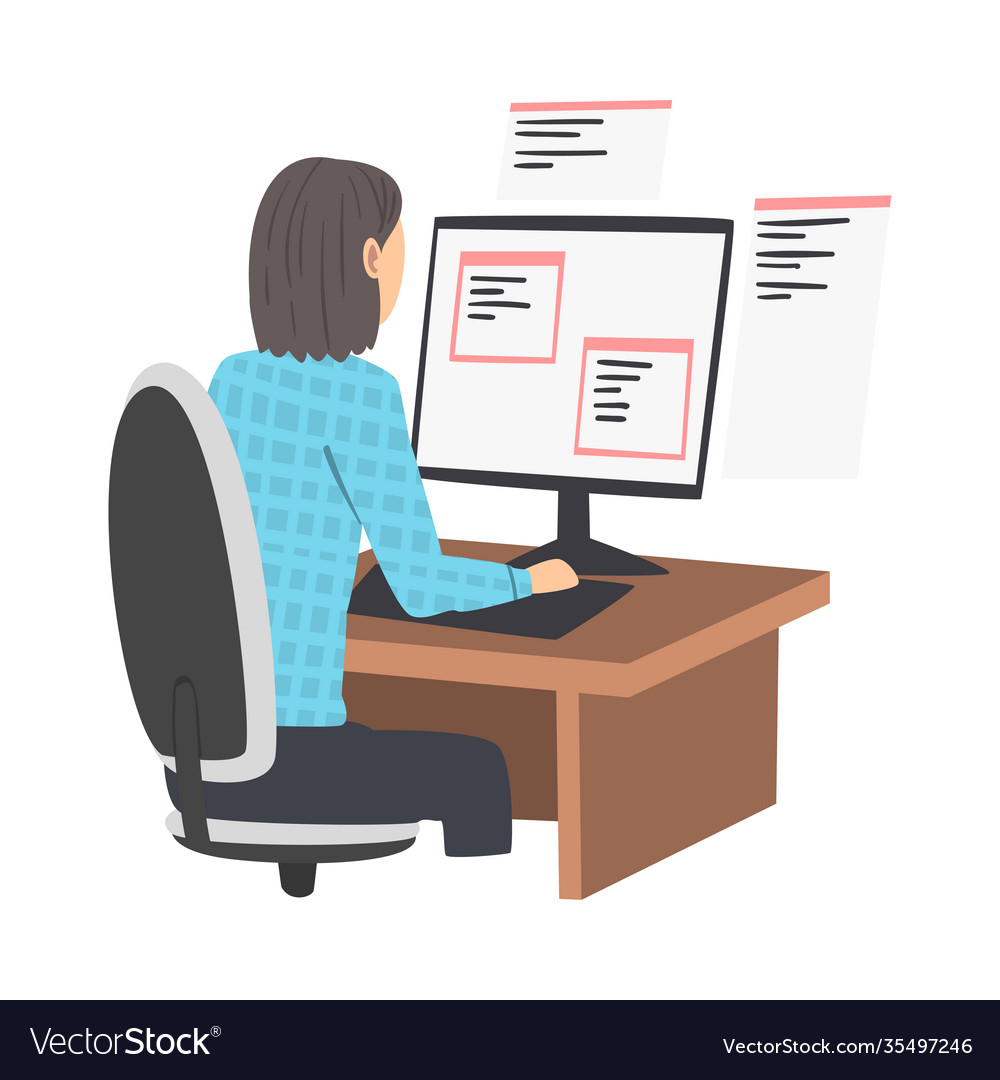Maximize Your Resources with Expert Software Engineering Staffing Solutions
Wiki Article
Devoted Developers vs. In-House Teams: Which Is Right for You?
The decision between making use of committed developers and keeping an internal group is a significant one that can affect the trajectory of your projects and overall company strategy. Dedicated programmers offer a level of adaptability and specific expertise that can be useful for certain, temporary efforts. Conversely, internal groups contribute to a cohesive company society and a nuanced understanding of long-lasting objectives. By taking a look at critical factors such as budget, task extent, and desired control, you can better establish which strategy lines up with your business requirements. The ramifications of this option expand beyond prompt results-- take into consideration the wider influence on your company landscape.Comprehending Dedicated Developers
The expanding demand for specialized abilities in the tech sector has caused the introduction of dedicated developers as a viable solution for numerous companies. These experts are commonly acquired on a task basis, allowing firms to leverage specific experience without the lasting commitment connected with full-time hires. Committed programmers are commonly embedded within a customer's group, giving flexibility and scalability to meet project needs.This model permits companies to access a worldwide talent pool, which is especially advantageous in a rapidly advancing technical landscape. Dedicated programmers can be sourced from various geographical locations, guaranteeing that business can discover the appropriate capability at affordable prices. They usually bring a wealth of experience and understanding, having actually worked with varied tasks throughout various sectors.
Moreover, specialized designers can focus solely on the tasks available, improving efficiency and efficiency. They are geared up to incorporate flawlessly right into existing workflows, collaborating closely with in-house teams to accomplish job objectives. This technique not just minimizes the concern of recruitment and training however also allows companies to remain agile, adjusting promptly to transforming market needs and technological developments.
Advantages of In-House Teams

In addition, in-house teams tend to have a much deeper understanding of the company's mission, values, and objectives. This positioning can improve worker engagement and motivation, as group participants really feel more linked to their work and the company's success. Additionally, having a specialized internal team enables for far better alignment of goals and methods, as these participants are constantly concentrated on the company's concerns.
In-house teams likewise assist in quicker decision-making procedures, as they can react much more quickly to difficulties and adjustments. The well established connections and experience with business methods permit streamlined workflows and minimized miscommunication. Eventually, the mix of a natural society, placement with organizational goals, and effective communication makes in-house groups a valuable property for many organizations, particularly those looking to grow lasting development and advancement.
Price Considerations
When evaluating price factors to consider, both internal groups and committed programmers present distinctive economic ramifications for organizations. Engaging committed developers generally includes a pay-per-project or hourly rate version, which can be economical for companies with varying project needs. This technique permits versatility in scaling resources up or down, ensuring that companies only spend for the services they require.On the other hand, in-house groups involve fixed prices, including wages, benefits, and overhead expenses such as workplace and tools. While this design offers higher control and immediate schedule of resources, it might result in greater long-lasting expenses, especially if the work does not validate a full time staff.
Furthermore, firms need to think about the surprise costs related to recruitment and training of in-house employees, which can better strain budgets. In many cases, the moment and resources invested on handling an internal team can detract from the organization's core service purposes.

Project Management and Flexibility
Project monitoring and adaptability are crucial variables that affect the option between committed programmers and internal teams. Committed designers generally supply a high level of versatility, permitting companies to range resources up or down based upon job needs. This agility can be specifically helpful for businesses experiencing fluctuating work or those seeking to introduce quickly. Dedicated groups typically have actually developed processes for taking care of jobs effectively, leveraging details methods like Agile or Scrum, which help with repetitive progress and adaptability.
Ultimately, the selection in between in-house teams and devoted developers pivots on the preferred degree of flexibility and the particular project monitoring requirements. Firms need to assess their functional characteristics, task complexity, and source accessibility to determine which choice straightens ideal with their tactical goals.
Making the Right Choice
Choosing the ideal development approach-- specialized designers or in-house groups-- requires a careful evaluation of different factors that straighten with a company's tactical goals. On the other hand, in-house teams can offer much better continuity and assimilation with existing personnel.Next, assess your budget plan. Devoted designers frequently offer a cost-effective solution for temporary tasks, while internal groups may sustain greater lasting expenditures because of incomes, advantages, and expenses prices. Examine the level of control and cooperation desired; internal groups normally promote more powerful communication and positioning with company society.
In addition, think about the moment frame. If immediate outcomes are necessary, devoted developers can be onboarded rapidly, whereas constructing an in-house team takes some time for employment and training. Evaluate the long-term vision of your company. If continual growth is important, investing in an internal group might generate better returns with time. Eventually, the choice depends upon a comprehensive analysis of these variables, guaranteeing placement with your business's operational demands and general purposes.
Conclusion
In final thought, the decision between internal teams and devoted developers hinges on task needs and organizational objectives. On the other hand, in-house groups cultivate a natural culture and deeper placement with lasting objectives.The choice in between making use of devoted designers and keeping an in-house group is a considerable one that can influence the trajectory of your tasks and general business approach.Job administration and flexibility are essential aspects that influence the selection between dedicated designers and in-house teams. dedicated development team.In comparison, in-house groups may stand out in maintaining a constant job monitoring framework due to their knowledge with the organization's culture and lasting goals. Devoted programmers frequently provide a cost-efficient service for temporary tasks, while internal teams may sustain greater long-lasting expenditures due to salaries, benefits, and expenses prices.In conclusion, the choice in between dedicated designers and internal teams pivots on project demands and software engineering staffing business purposes
Report this wiki page